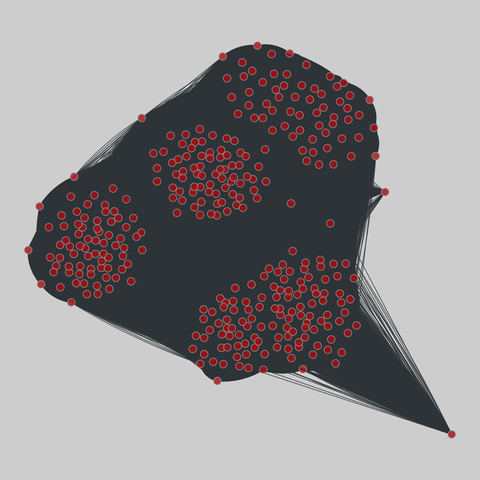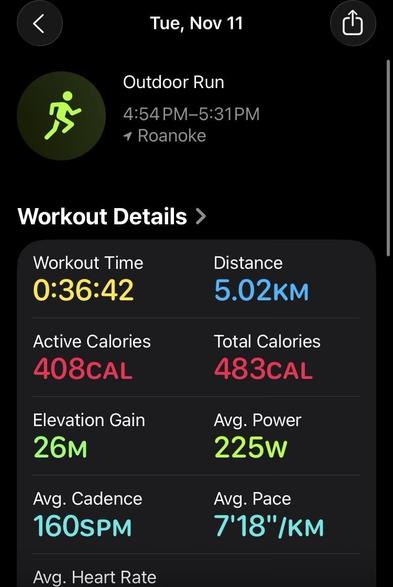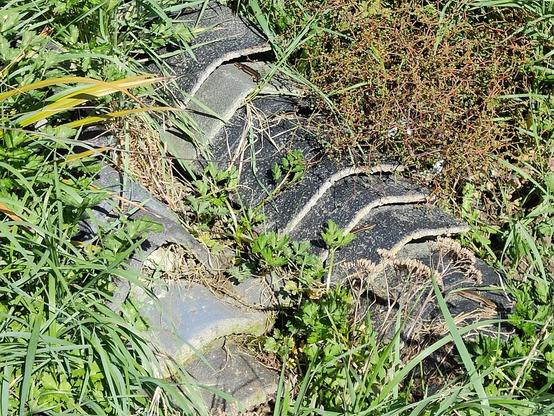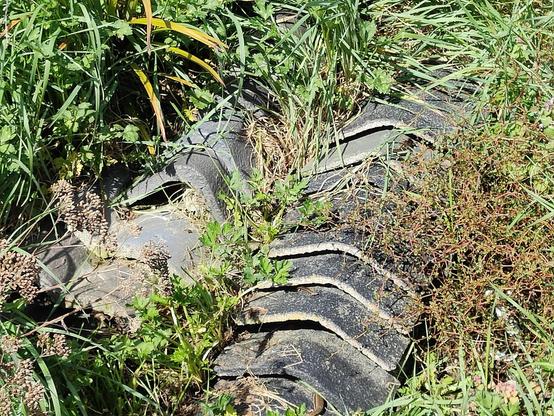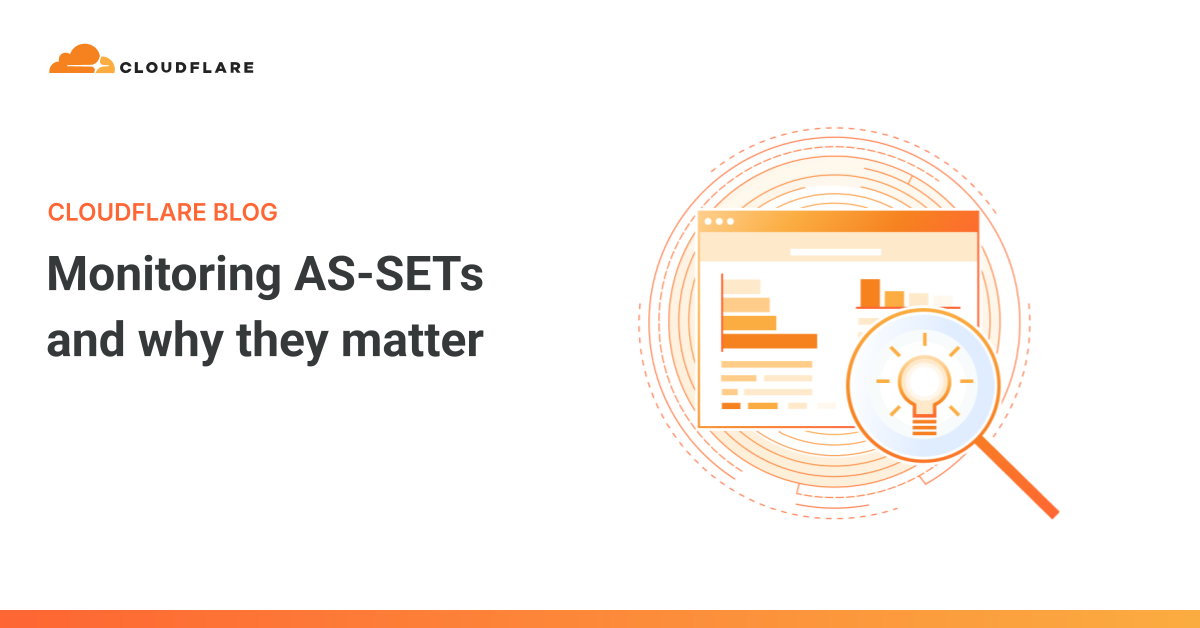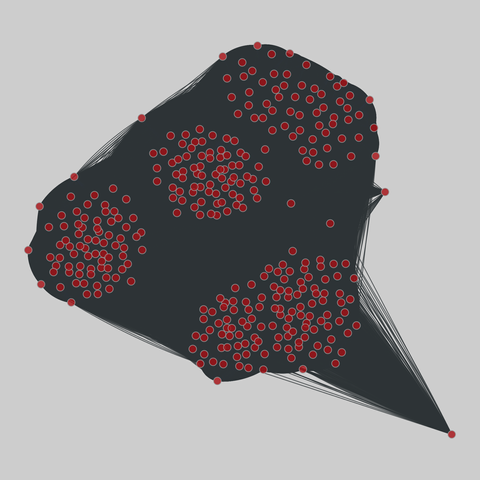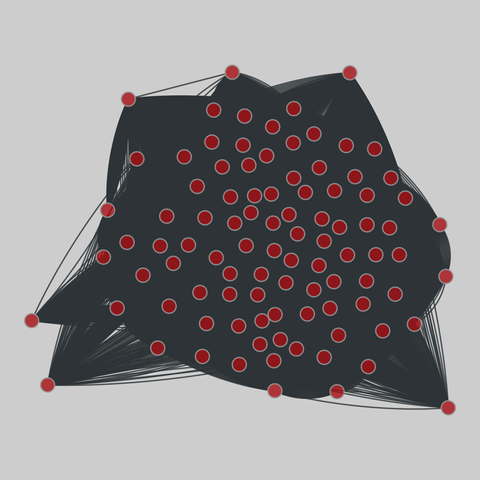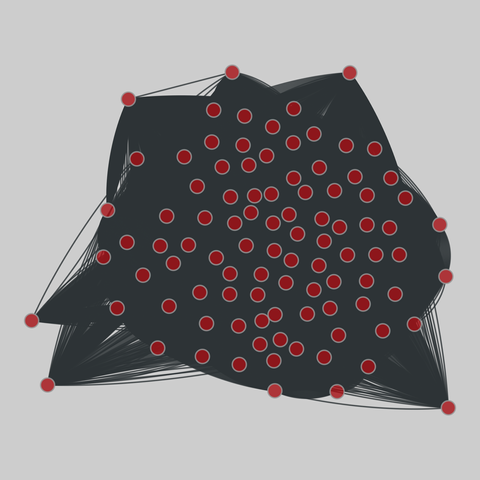106 for a fitness fix! Way to redline 69
A new p.r. today in set one: 106 reps at the current level (35-cm offset at the feet; parallettes for full range of motion). The middle section here is sped up to 9x speed for your entertainment and viewing ease. I will do a second set in the evening. My goal is to hit two sets of 100 or more in a day. I hope to hit that by my 70th birthday in nine weeks.
Generalised Reachability Games Revisited
Sougata Bose (UMONS - Universit\'e de Mons), Daniel Hausmann (University of Liverpool), Soumyajit Paul (University of Liverpool), Sven Schewe (University of Liverpool), Tansholpan Zhanabekova (University of Liverpool)
https://arxiv.org/abs/2509.14091

Generalised Reachability Games Revisited
Classic reachability games on graphs are zero-sum games, where the goal of one player, Eve, is to visit a vertex from a given target set, and that of other player, Adam, is to prevent this. Generalised reachability games, studied by Fijalkow and Horn, are a generalisation of reachability objectives, where instead of a single target set, there is a family of target sets and Eve must visit all of them in any order. In this work, we further study the complexity of solving two-player games on graph…
sp_colocation: Social co-locations (2018)
Network of colocations between peoople, based on the information on which RFID readers received information from the RFID tags. Namely, we define two individuals to be in co-presence if the same exact set of readers have received signals from both individuals during a 20s time window.
This network has 332 nodes and 18613039 edges.
Tags: Social, Offline, Unweighted, Weighted, Temporal, Metadata
G-CSEA: A Graph-Based Conflict Set Extraction Algorithm for Identifying Infeasibility in Pseudo-Boolean Models
Kanishk Garg, Saranya D., Sanal Kumar, Saurabh Singh, Anupam Purwar
https://arxiv.org/abs/2509.13203
CS-FLEURS: A Massively Multilingual and Code-Switched Speech Dataset
Brian Yan, Injy Hamed, Shuichiro Shimizu, Vasista Lodagala, William Chen, Olga Iakovenko, Bashar Talafha, Amir Hussein, Alexander Polok, Kalvin Chang, Dominik Klement, Sara Althubaiti, Puyuan Peng, Matthew Wiesner, Thamar Solorio, Ahmed Ali, Sanjeev Khudanpur, Shinji Watanabe, Chih-Chen Chen, Zhen Wu, Karim Benharrak, Anuj Diwan, Samuele Cornell, Eunjung Yeo, Kwanghee Choi, Carlos Carvalho, Karen Rosero
Replaced article(s) found for math.HO. https://arxiv.org/list/math.HO/new
[1/1]:
- Descriptions of Cantor Sets: A Set-Theoretic Survey and Open Problems
Mohsen Soltanifar
Series B, Episode 11 - Gambit
SERVALAN: He'll soon come round. Travis is very strong. [She goes to inspect Travis.]
JARRIERE: Oh, he once worked for you?
SERVALAN: Yes.
JARRIERE: And now he's an outlaw? Uh, what happened?
https://blake.torpidity.net/m/211/202 B7B2…
Polynomial convexity of $\bar\partial$-flat perturbations of totally real sets
Leandro Arosio, H{\aa}kan Samuelsson Kalm, Erlend F. Wold
https://arxiv.org/abs/2510.11943 https:/…
Restarting #Running, take 37 🎬
Busyness and niggling knee pain derailed me from my last efforts. Then inertia set in and everything becomes harder.
But, here we start anew. One foot in front of the other.
Concentrated sets and the Hurewicz property
Valentin Haberl, Piotr Szewczak, Lyubomyr Zdomskyy
https://arxiv.org/abs/2511.09320 https://arxiv.org/pdf/2511.09320 https://arxiv.org/html/2511.09320
arXiv:2511.09320v1 Announce Type: new
Abstract: A set of reals $X$ is $\mathfrak{b}$-concentrated if it has cardinality at least $\mathfrak{b}$ and it contains a countable set $D\subseteq X$ such that each closed subset of $X$ disjoint with $D$ has size smaller than $\mathfrak{b}$. We present ZFC results about structures of $\mathfrak{b}$-concentrated sets with the Hurewicz covering property using semifilters. Then we show that assuming that the semifilter trichotomy holds, then each $\mathfrak{b}$-concentrated set is Hurewicz and even productively Hurewicz. We also show that the appearance of Hurewicz $\mathfrak{b}$-concentrated sets under the semifilter trichotomy is somewhat specific and the situation in the Laver model for the consitency of the Borel Conjecture is different.
toXiv_bot_toot
Constructions of Sequences of Alternating Sum and Difference Dominated Sets
Yorick Herrmann, Connor Hill, Merlin Phillips, Daniel Flores, Steven J. Miller, Steven Senger
https://arxiv.org/abs/2509.00792
The sun's out again in Ōtautahi! The local skink community is taking full advantage!
#biodiversity #nativeSkinks #lizardarium
sp_colocation: Social co-locations (2018)
Network of colocations between peoople, based on the information on which RFID readers received information from the RFID tags. Namely, we define two individuals to be in co-presence if the same exact set of readers have received signals from both individuals during a 20s time window.
This network has 332 nodes and 18613039 edges.
Tags: Social, Offline, Unweighted, Weighted, Temporal, Metadata
Measuring dissimilarity between convex cones by means of max-min angles
Welington de Oliveira, Valentina Sessa, David Sossa
https://arxiv.org/abs/2511.10483 https://arxiv.org/pdf/2511.10483 https://arxiv.org/html/2511.10483
arXiv:2511.10483v1 Announce Type: new
Abstract: This work introduces a novel dissimilarity measure between two convex cones, based on the max-min angle between them. We demonstrate that this measure is closely related to the Pompeiu-Hausdorff distance, a well-established metric for comparing compact sets. Furthermore, we examine cone configurations where the measure admits simplified or analytic forms. For the specific case of polyhedral cones, a nonconvex cutting-plane method is deployed to compute, at least approximately, the measure between them. Our approach builds on a tailored version of Kelley's cutting-plane algorithm, which involves solving a challenging master program per iteration. When this master program is solved locally, our method yields an angle that satisfies certain necessary optimality conditions of the underlying nonconvex optimization problem yielding the dissimilarity measure between the cones. As an application of the proposed mathematical and algorithmic framework, we address the image-set classification task under limited data conditions, a task that falls within the scope of the \emph{Few-Shot Learning} paradigm. In this context, image sets belonging to the same class are modeled as polyhedral cones, and our dissimilarity measure proves useful for understanding whether two image sets belong to the same class.
toXiv_bot_toot
sp_colocation: Social co-locations (2018)
Network of colocations between peoople, based on the information on which RFID readers received information from the RFID tags. Namely, we define two individuals to be in co-presence if the same exact set of readers have received signals from both individuals during a 20s time window.
This network has 332 nodes and 18613039 edges.
Tags: Social, Offline, Unweighted, Weighted, Temporal, Metadata
The inverse of the star discrepancy of a union of randomly digitally shifted Korobov polynomial lattice point sets depends polynomially on the dimension
Josef Dick, Friedrich Pillichshammer
https://arxiv.org/abs/2509.15877
sp_colocation: Social co-locations (2018)
Network of colocations between peoople, based on the information on which RFID readers received information from the RFID tags. Namely, we define two individuals to be in co-presence if the same exact set of readers have received signals from both individuals during a 20s time window.
This network has 100 nodes and 394247 edges.
Tags: Social, Offline, Unweighted, Weighted, Temporal, Metadata
Low-Discrepancy Set Post-Processing via Gradient Descent
Fran\c{c}ois Cl\'ement, Linhang Huang, Woorim Lee, Cole Smidt, Braeden Sodt, Xuan Zhang
https://arxiv.org/abs/2511.10496 https://arxiv.org/pdf/2511.10496 https://arxiv.org/html/2511.10496
arXiv:2511.10496v1 Announce Type: new
Abstract: The construction of low-discrepancy sets, used for uniform sampling and numerical integration, has recently seen great improvements based on optimization and machine learning techniques. However, these methods are computationally expensive, often requiring days of computation or access to GPU clusters. We show that simple gradient descent-based techniques allow for comparable results when starting with a reasonably uniform point set. Not only is this method much more efficient and accessible, but it can be applied as post-processing to any low-discrepancy set generation method for a variety of standard discrepancy measures.
toXiv_bot_toot
sp_colocation: Social co-locations (2018)
Network of colocations between peoople, based on the information on which RFID readers received information from the RFID tags. Namely, we define two individuals to be in co-presence if the same exact set of readers have received signals from both individuals during a 20s time window.
This network has 100 nodes and 394247 edges.
Tags: Social, Offline, Unweighted, Weighted, Temporal, Metadata
Comparing Left and Right Quotient Sets in Groups
Julian Duvivier, Xiaoyao Huang, Ava Kennon, Say-Yeon Kwon, Steven J. Miller, Arman Rysmakhanov, Pramana Saldin, Ren Watson
https://arxiv.org/abs/2509.00611
Nagumo-Type Characterization of Forward Invariance for Constrained Systems
Olayo Reynaud, Mohamed Maghenem, Adnane Saoud, Sadek Belamfedel Alaoui, Ahmad Hably
https://arxiv.org/abs/2508.20045






